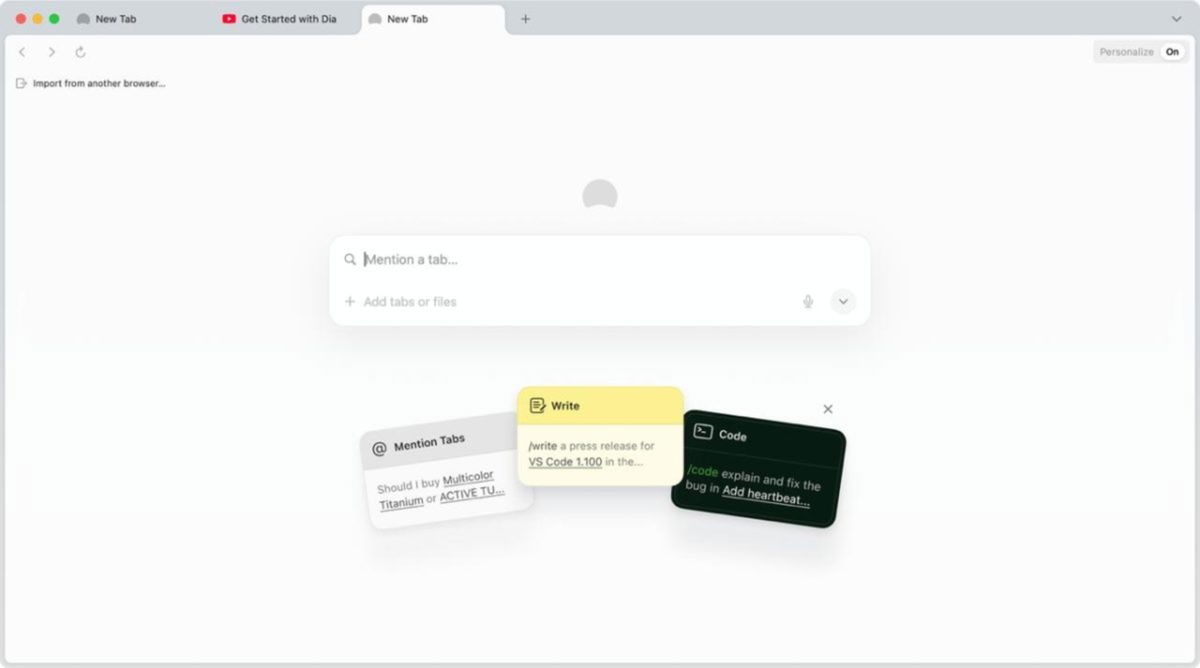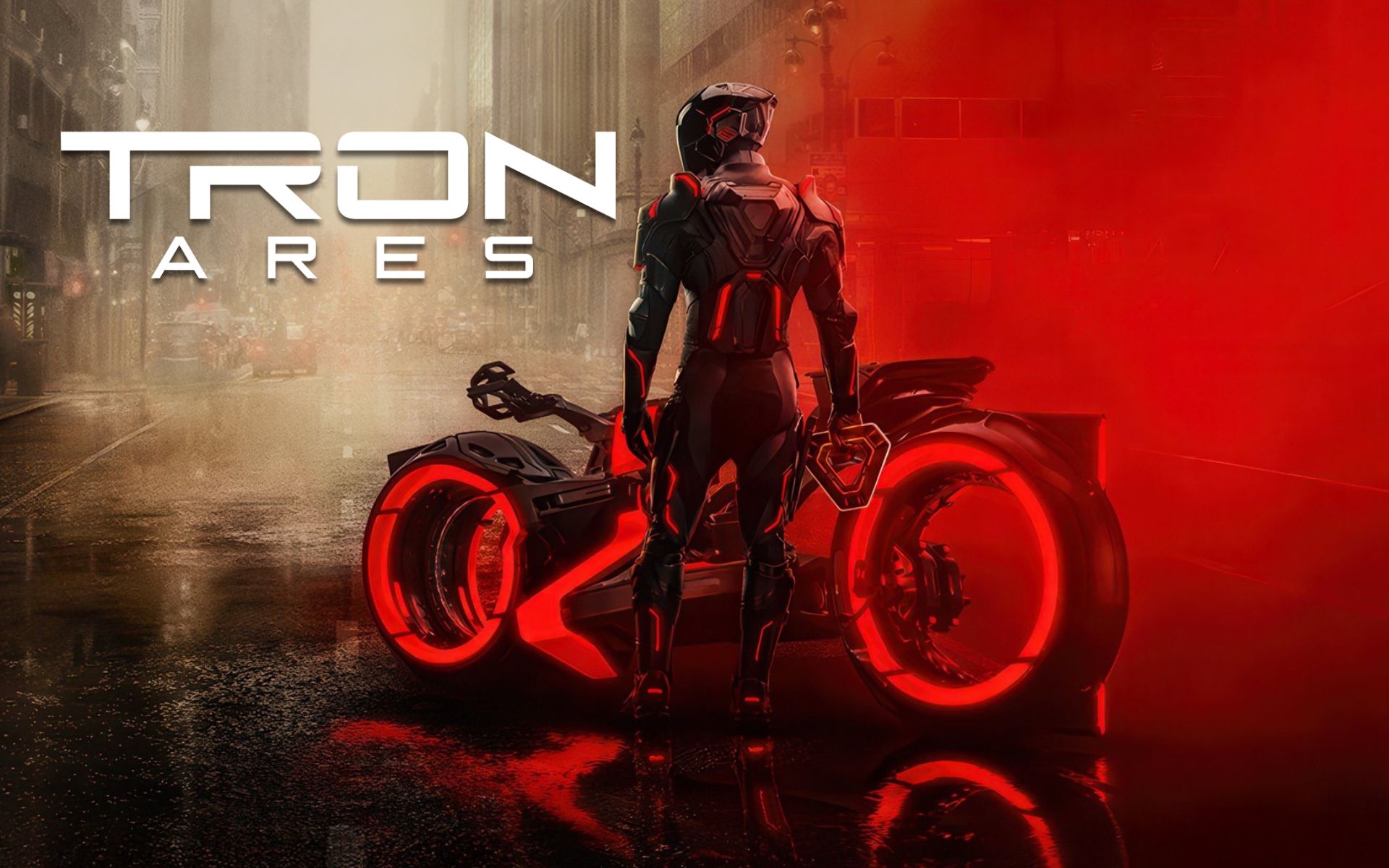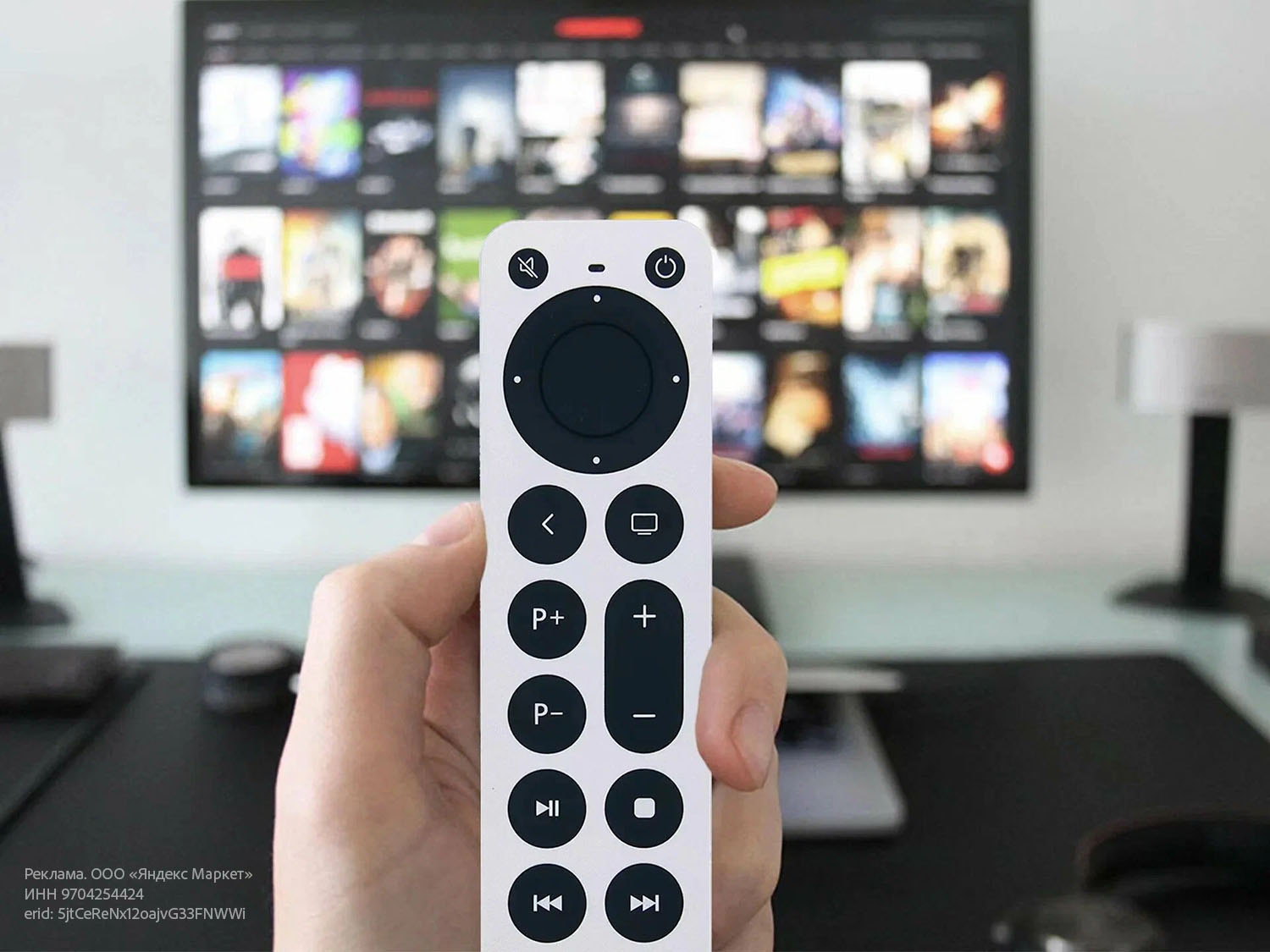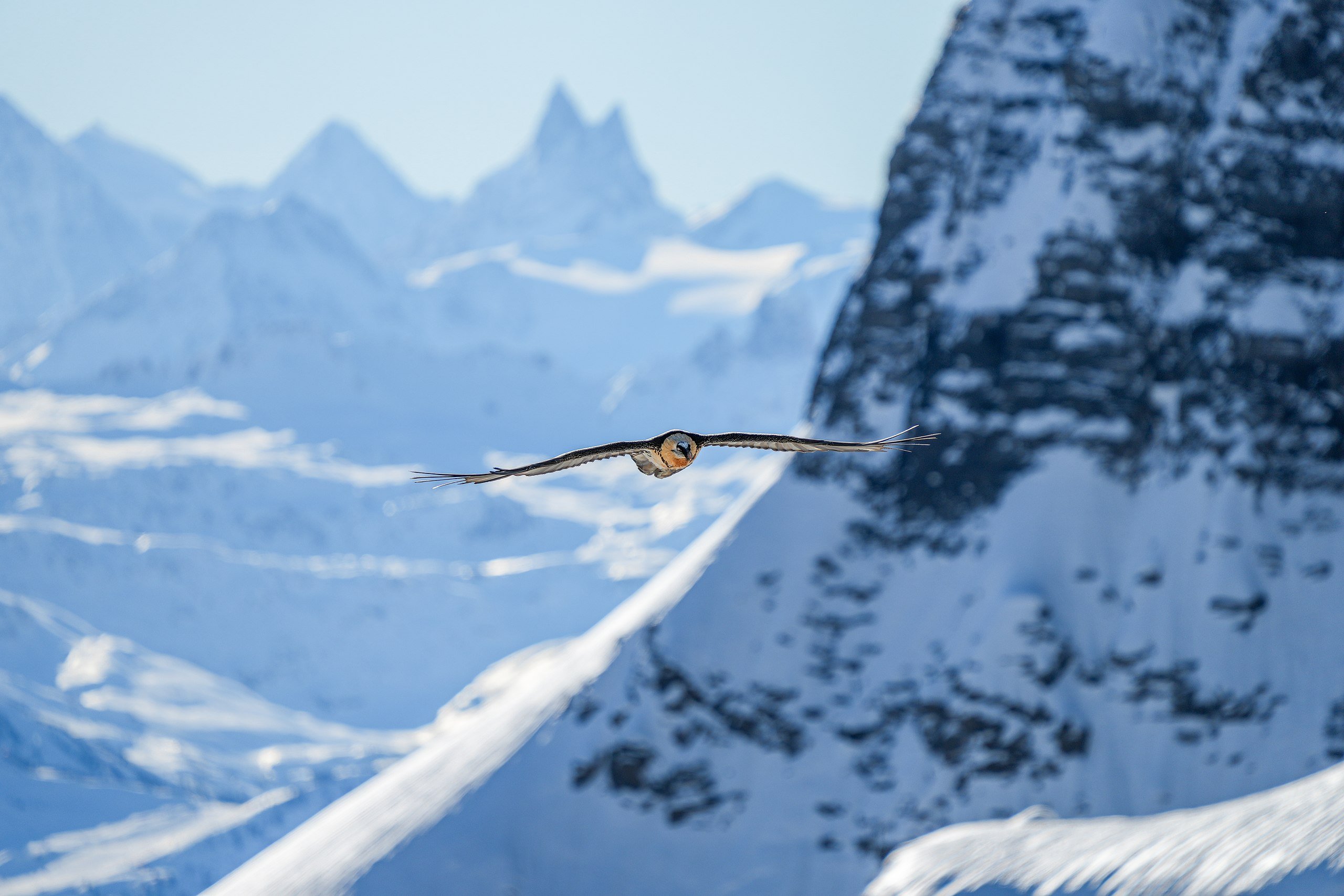Sometimes the love of astronomy can be expensive. Telescopes and binoculars are not particularly cheap, although you can always start your hobby with the most affordable options. Be that as it may, there are those who prefer to look at the sky with the naked eye. After all, with enough darkness, we can see many of the wonders of the sky just by using our eyes. But, in addition, sometimes there are special events, like the one that will take place in the coming days, as we will be able to see Jupiter bigger and brighter than in the past 59 years old.
This is because two very important phenomena practically coincide: opposition and perigee. The first occurs when two stars meet relative to the Earth at two diametrically opposite points. In this case, we will be able to see how Jupiter rises in the east, and the Sun sets in the west. As for the perigee, nearest point to Earth from the orbit of a star or an artificial satellite.
It should be noted that the confrontation occurs every 13 months. If both the Earth and Jupiter revolved around the Sun in circular orbits, they would always do so at the same distance. However, we know that orbits are elliptical, as if we were taking a circle and stretching it at the ends. Therefore, the distance is very different each time they meet. In this case, since both phenomena coincide, Jupiter will be much closer than usual, and, as a result, bigger and brighter.
How and when can we see this Jupiter opposition?
The time when Jupiter appears at its largest and brightest will be on Monday night. September 26, Spanish time. In other time zones, this may be the 27th. However, the days before and after it will also look especially impressive, so we have moments to choose from.
It is important to choose a place that is as dark as possible and therefore away from light pollution. When we have a website, it will be enough to look at the sky. Logically, with binoculars or a telescope that is well stabilized, you will see much better. In fact, as the astrophysicist explained in a NASA statement Adam Kobelskiwith good binoculars you could see at least Jupiter’s central band and 3 or 4 Galilean satellites. We usually need a telescope to see this much detail.
We won’t get that far with the naked eye, but we’ll be able to see nuances of Jupiter that we couldn’t see with our eyes before. At least if we are under 59 years old.
Just pay attention to the numbers. At its farthest point, Jupiter is 960 million kilometers from Earth. This time it will 588 million kilometersso the difference is quite obvious. Nothing like this has happened since October 1963, although it must be admitted that the previous confrontation and the next one were (and will be) very close. If this one eludes us, it will always remain wait 13 months for the next one.
But that’s no excuse. This is an ideal moment, which also almost exactly coincides with Jupiter at the celestial equator, so it will be visible equally in both hemispheres, except for the poles. And as if that were not enough, autumn comes in the north, and spring begins in the south. The temperature is not too stuffy or too cold that you don’t want to go out at night. All of them are advantages.
Source: Hiper Textual














